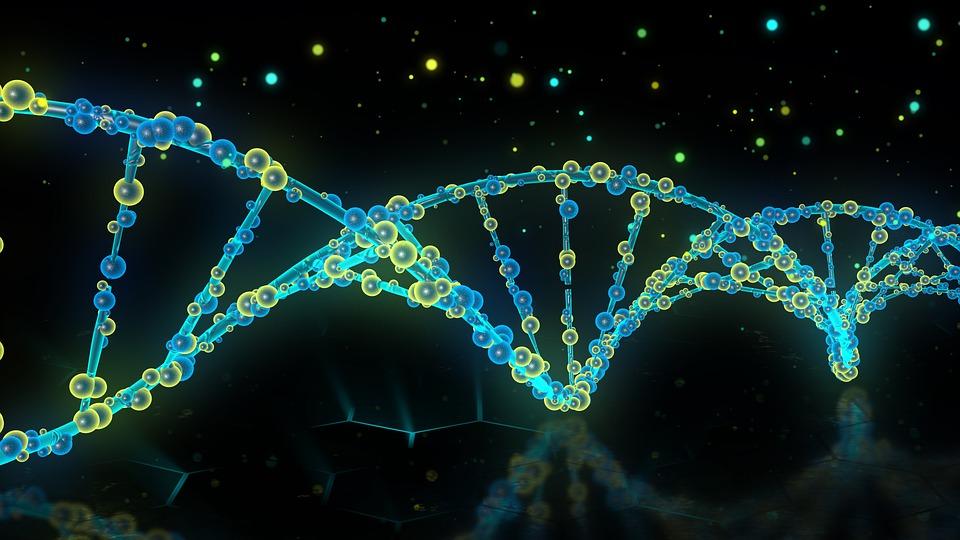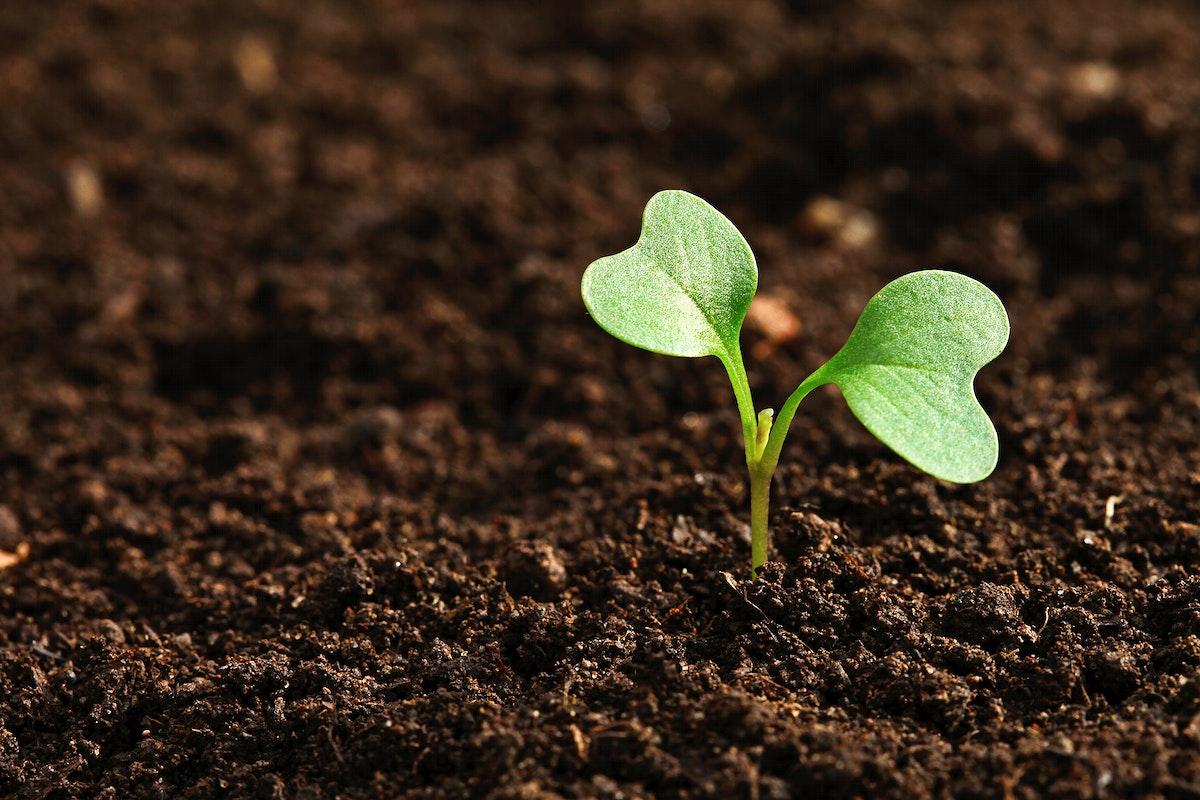
Practical Proteins (Part 3 of 4)
In this lesson, students will be introduced to mutations in DNA. They will create beaded or illustrated "codes" to represent 5 different mutations to their original protein codes. These codes will be used in the part 4 to build mutated proteins.
Lesson Grade Level
8th GradeLesson Plan Link/URL
https://docs.google.com/presentation/d/12dn9hUrCbYm3zEfzUKcIXGOWyXl1FAj4/edit?u…Subject Area
Science Life Science L3: Genetics & Heredity Engineering S4: Apply Science to Engineering S6: Apply Communications to Engineering English Language Arts (ELA) Reading (Informational Text) Speaking & ListeningRelated Content

This is a junior high lesson on plant grafting that can be done in a classroom setting or with an after-school club such as botany. This lesson can be easily modified for any grade level. In this

In this lesson, first-grade students will explore the concept of resource sharing in nature using dioramas. The lesson is designed to help students understand that living things, such as plants and

Empower with solar, motors & wireless! Unravel renewable energy, motor tech & wireless applications in an engaging STEM journey.